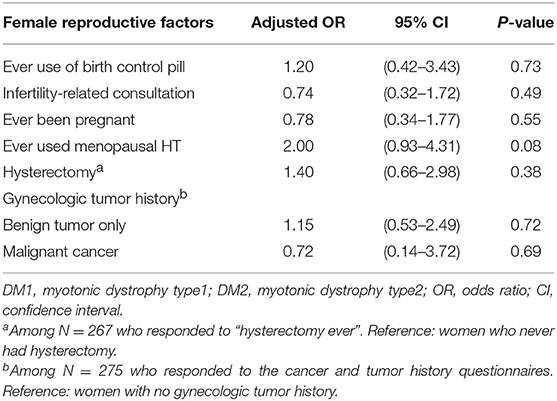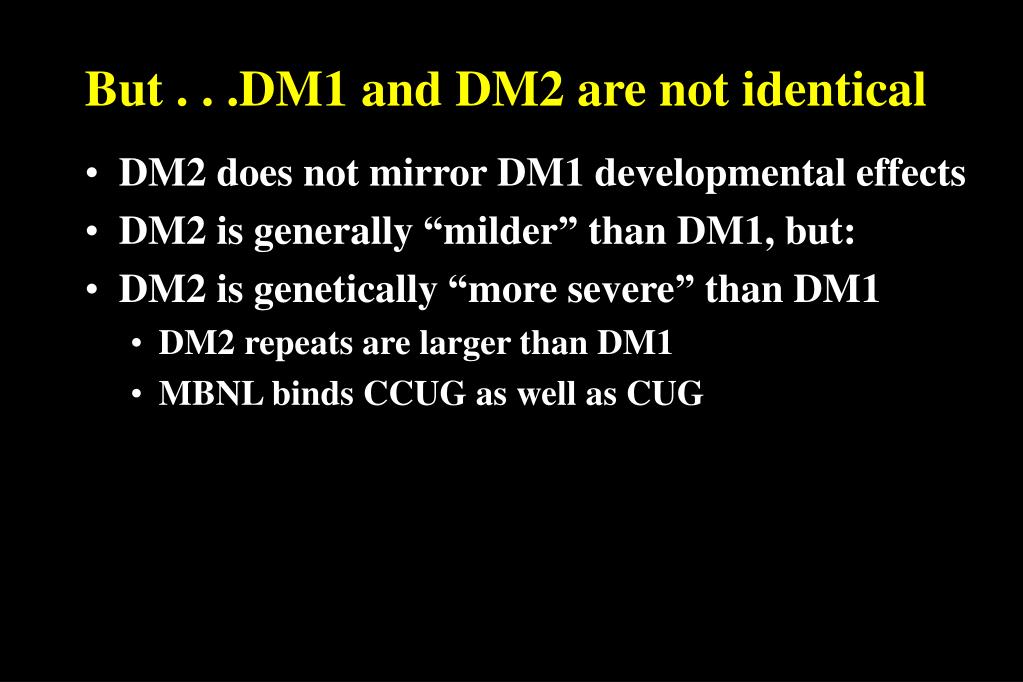

Other organs affected include the heart, lungs, gastrointestinal tract, skin, and brain. Cataracts can be either a cortical cataract with a blue dot appearance, or a posterior subcapsular cataract. Signs and symptoms Ĥ0-year-old with myotonic dystrophy who presented with muscle wasting, bilateral cataracts, and complete heart blockĭM causes muscle weakness, early onset of cataracts, and myotonia, which is delayed relaxation of muscles after contraction.

It was first described in 1909, with the underlying cause of type 1 determined in 1992.

It is the most common form of muscular dystrophy that begins in adulthood. Myotonic dystrophy affects about 1 in 2,100 people, a number that was long estimated to be much lower (often sited as 1 in 8,000), reflecting that not all patients have immediate symptoms and, once they do have symptoms, the long time it typically takes to get to the right diagnosis. Pain, if it occurs, may be treated with tricyclic antidepressants and nonsteroidal anti-inflammatory drugs (NSAIDs). The medications mexiletine or carbamazepine can help relax muscles. Treatments may include braces or wheelchairs, pacemakers and non-invasive positive pressure ventilation. Diagnosis is confirmed by genetic testing. DM is typically inherited, following an autosomal dominant inheritance pattern, and it generally worsens with each generation. Mutation of CNBP gene causes type 2 (DM2). Mutation of the DMPK gene causes myotonic dystrophy type 1 (DM1). Myotonic dystrophy is caused by a genetic mutation in one of two genes. While myotonic dystrophy can occur at any age, onset is typically in the 20s and 30s. In men, there may be early balding and an inability to father children. Other manifestations may include cataracts, intellectual disability and heart conduction problems. In DM, muscles are often unable to relax after contraction. Myotonic dystrophy (DM) is a type of muscular dystrophy, a group of genetic disorders that cause progressive muscle loss and weakness. Mexiletine, carbamazepine, tricyclic antidepressants, nonsteroidal anti inflammatory drugs Genetic disorder ( autosomal-dominant) īraces, wheelchair, pacemakers, non invasive positive pressure ventilation Muscle loss, weakness, muscles which contract and are unable to relax Ĭataracts, intellectual disability, heart conduction problems Neurology, neuromuscular medicine, physical medicine and rehabilitation, medical genetics, pediatrics Dystrophia myotonica, myotonia atrophica, myotonia dystrophica, Curschmann–Batten–Steinert syndromeĪreas of body affected in myotonic dystrophy, types 1 and 2, colored in red


 0 kommentar(er)
0 kommentar(er)
